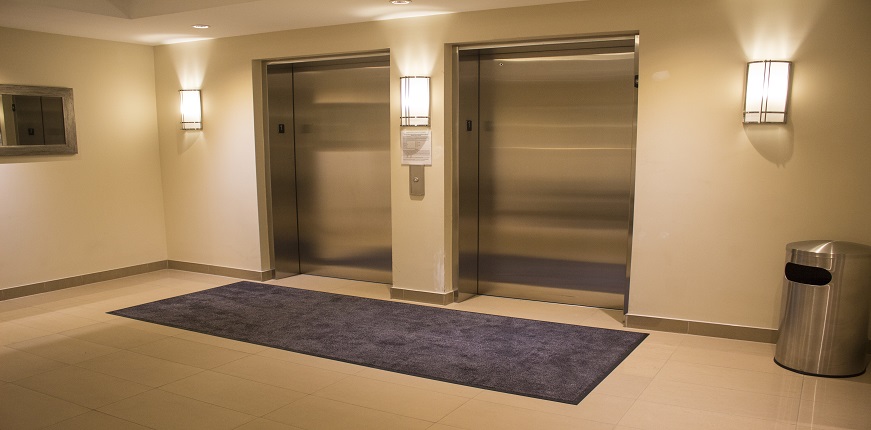
Some Info About Matting
Some Info About Matting
Mats, in one form or another, have been around since man first appeared. Early mats were made out of woven grasses, hemp, jute, leaves, or other materials that were readily available at the time – quite different than what we use now – but their basic function has always been the same; to create a barrier between us and the ground.
Today’s mats use many different materials and combinations depending on their usage, however, they largely follow a standard recipe of synthetic yarns bonded to a flexible, moisture resistant backing such as PVC or rubber.
Synthetics such as nylon or polypropylene are rugged and hold up well under heavy use, but generally aren’t particularly absorbent or easy to clean. Innovations including combining materials like natural cotton and synthetic microfiber are proving to be a potent combination in absorbency and durability.
Good secondary (entrance) mats need to do 3 things well:
Provide a safe, slip-resistant surface for pedestrians
Protect the floor beneath it from dirt, moisture and debris
Protect the floor beyond the mat by trapping and holding dirt and moisture and not let it transfer to other areas
Most mats will provide functionality on the first 2, but many fail at the third, because of the construction and/or the materials used.
A quick and simple way to find out if your mats stop dirt and moisture, is to step into a small amount of clean water – just enough to cover the sole of the shoe, then wipe the shoe on the mat 3 or 4 times. Once done, step onto a clean piece of paper. If there is still a footprint left behind on the paper, the mat is not removing dirt and moisture properly.
A good quality, effective mat will remove most or all of the moisture. Look for mats that have;
an approved slip prevention rating
have superior absorbency
use a tufted fabric construction instead of a closed-loop material (shag vs Berber)
and are also easy to clean and care for.
Regular cleaning is a must with any mat if you want to ensure its’ effectiveness. Daily vacuuming with the occasional warm water extraction using a carpet extractor will maintain your mats and will help to bring up the pile and improve its absorbency.

